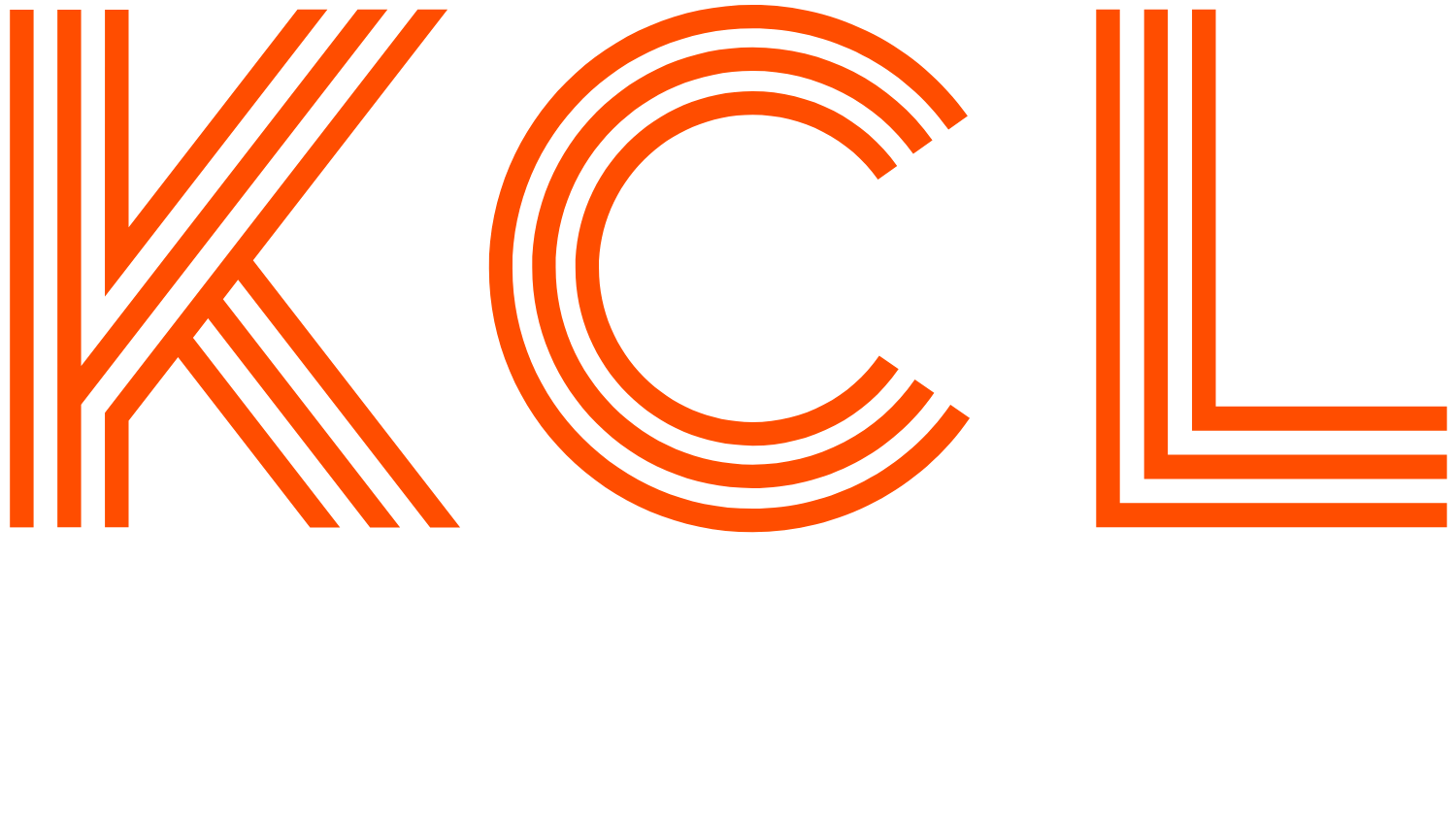In the recent landmark decision of the High Court of Australia in Masson v Parsons & Ors [2019] HCA 21, the Court found that a man who donated his sperm for a child born of an artificial conception procedure is a ‘parent’ of the child, within the meaning of the Family Law Act 1975 (the Family Law Act).
Background
Close friends for many years, Mr Masson provided his semen to Ms Parsons to enable her to conceive a child by artificial insemination in 2006. At the time of conception, Mr Masson believed that he would be involved in the child’s life. His name was recorded on the child’s birth certificate as her father.
Although the child lived with Ms Parsons and her partner, Mr Masson continued to have an ongoing role in the child’s financial support, health, education and general welfare. He and the child were described as having “an extremely close and secure attachment relationship”.
In 2015, Ms Parsons and her partner sought to relocate to New Zealand with the child. Mr Masson instituted proceedings in the Family Court of Australia seeking orders to restrain the relocation of the child among other things.
At first instance, the primary Judge in the Family Court found in favour of Mr Masson. On appeal to the Full Court of the Family Court, Ms Parsons was successful in overturning the primary Judge’s decision, having relied upon section 14 of the Status of Children Act 1996 (NSW) (the NSW Act), which provides that there is an irrebuttable presumption that a biological father of a child conceived by a fertilisation procedure is not a ‘parent’. Accordingly, she asserted that simply by virtue of Mr Masson being a sperm donor, he could not be categorised as a parent. Mr Masson appealed to the High Court.
Issues before the High Court
In the Court’s deliberation, there were many considerations, including:
- the inconsistency between the NSW Act and the Family Law Act;
- whether section 79(1) of the Judiciary Act 1903 (Cth) operated to “pick up” and “fill in the gaps” between the NSW Act and the Family Law Act; and
- section 109 of the Constitution, which provides that where there is inconsistency between State and Federal law, Federal law should prevail.
While Mr Masson argued that there was an inconsistency between the NSW Act and the Family Law Act, Ms Parsons argued that no such inconsistency existed, and the Family Law Act was simply silent on the issue.
The decision
It was found by the High Court that Mr Masson was a ‘parent’ within the meaning of the Family Law Act.
The Court looked at section 60H of the Family Law Act and adopted a broad approach to its interpretation. The Court held that section 60H should be interpreted as expanding, rather than restricting, the categories of people who could be a child’s parent and it is not exhaustive of the classes of persons who may qualify as parents of children born of artificial conception procedures.
The Court also found that where section 60H is not engaged, a person may still qualify as a parent of a child born as a result of an artificial conception procedure if the person is a parent of the child within “the ordinary meaning of the word”. It is a question of fact to be determined according to the ordinary, contemporary Australian understanding of a ‘parent’ and the relevant circumstances of the case.
The relevant factors that were considered included:
- Mr Masson was registered on the child’s birth certificate as her parent. This also satisfied section 69R of the Family Law Act, which provides that a presumption of parentage arises from a person’s name being recorded on a birth certificate (although this presumption is rebuttable);
- Mr Masson gave his semen on the express or implied understanding that he would be the child’s parent;
- it was always understood Mr Masson would care for the child financially and emotionally, which he did; and
- the child identified with Mr Masson as her father, and referred to him as “daddy”.
Lessons
In this case, there was clear evidence to support that Mr Masson was the child’s parent, according to the ordinary meaning of the word or at least a person concerned with the care, welfare and development of the child. The case very much turned on its own facts.
The question of whether a person constitutes a ‘parent’ will depend on the circumstances of each case.
More information
For more information, or to discuss the issues raised and the High Court’s decision, please contact Rebecca Goldman, Principal Lawyer, on (03) 8600 8838 or rgoldman@kcllaw.com.au or Dominique Mavroyeni, Associate, on dmavroyeni@kcllaw.com.au or (03) 8600 8838.
Author
Learn more about the author Dominique Mavroyeni.
Note: This update is a guide only and is not intended to constitute legal advice.
